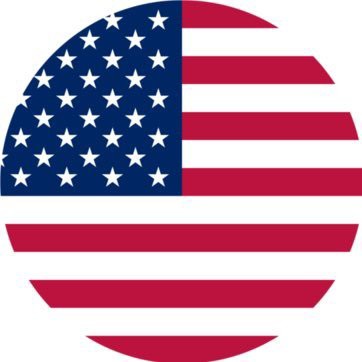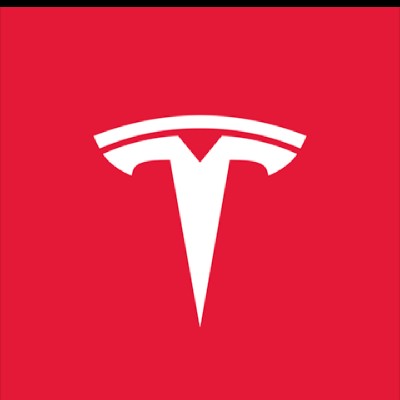AUCTIONからJPYへの交換
現在のBounce Token価格(JPY)
Bounce Tokenの価格は今日上がると思いますか、下がると思いますか?
Bounce Tokenの市場情報
Bounce Token (AUCTION)について
Bounce Token(バウンストークン)は、分散型取引プラットフォームで使用される仮想通貨です。この通貨は、新しいICO(Initial Coin Offering)プロジェクトのトークンセールを行う上で重要な役割を果たします。 Bounce Tokenは、トークンセールにおけるトークン価値の管理や取引の円滑化に貢献します。この通貨は、プロジェクトのトークンセールが実施される際に使用され、ユーザーに対して特典や特典を提供します。 Bounce Tokenの最大の特徴は、その分散化と透明性にあります。 ブロックチェーン技術を使用しており、すべての取引が公開され、改ざんされることがありません。これにより、信頼性とセキュリティが確保され、ユーザーは安心して取引を行うことができます。 さらに、Bounce Tokenはプラットフォームのトークンホルダーに対して報酬を提供します。トークンホルダーは、トークンを保有することでプラットフォームの成長に参加し、報酬を受け取ることができます。 また、Bounce Tokenは取引のスピードと効率性を高めるために設計されています。トランザクションは即座に実行され、ブロックチェーン上で確認されます。これにより、取引プロセスが迅速かつ透明に行われるため、ユーザーは時間と労力を節約することができます。 Bounce Tokenは、仮想通貨市場において重要な役割を果たしています。プロジェクトの成長を支援し、トークンセールを円滑に進めるための必須の通貨です。その分散化と透明性により、ユーザーに信頼性の高い取引環境を提供します。 Bounce Tokenは、プロジェクトの成功に貢献するだけでなく、ユーザーに利益をもたらす可能性もあります。プラットフォームの成長やトークン価値の上昇により、トークンホルダーは報酬を得ることができます。 総合的に言えば、Bounce Tokenはプロジェクトの成長、取引効率の向上、そしてユーザーの利益を追求するための重要な要素です。この通貨は、分散型取引プラットフォームの未来を支える一部となっています。
Bounce TokenのAI分析レポート
Bounce Tokenの価格履歴(JPY)
 最低価格
最低価格 最高価格
最高価格 
Bounce Tokenの最高価格はいくらですか?
Bounce Tokenの最安価格はいくらですか?
Bounce Tokenの価格予測
AUCTIONの買い時はいつですか? 今は買うべきですか?それとも売るべきですか?
2026年のAUCTIONの価格はどうなる?
+5%の年間成長率に基づくと、Bounce Token(AUCTION)の価格は2026年には¥808.08に達すると予想されます。今年の予想価格に基づくと、Bounce Tokenを投資して保有した場合の累積投資収益率は、2026年末には+5%に達すると予想されます。詳細については、2025年、2026年、2030〜2050年のBounce Token価格予測をご覧ください。2030年のAUCTIONの価格はどうなる?
注目のキャンペーン
Bounce Tokenのグローバル価格
Bounce Token(AUCTION)の購入方法

無料でBitgetアカウントを作成します

アカウントを認証する

AUCTIONをJPYに交換
よくあるご質問
Bounce Tokenの現在の価格はいくらですか?
Bounce Tokenの24時間取引量は?
Bounce Tokenの過去最高値はいくらですか?
BitgetでBounce Tokenを購入できますか?
Bounce Tokenに投資して安定した収入を得ることはできますか?
Bounce Tokenを最も安く購入できるのはどこですか?
今日の暗号資産価格
Bounce Token(AUCTION)はどこで買えますか?
動画セクション - 素早く認証を終えて、素早く取引へ

AUCTIONからJPYへの交換
AUCTIONの各種資料
Bitgetインサイト





取引
Bitget Earn
AUCTION/USDT
現物AUCTION/USDT
マージンAUCTION/USDT
USDT-MBitgetに新規上場された通貨の価格









